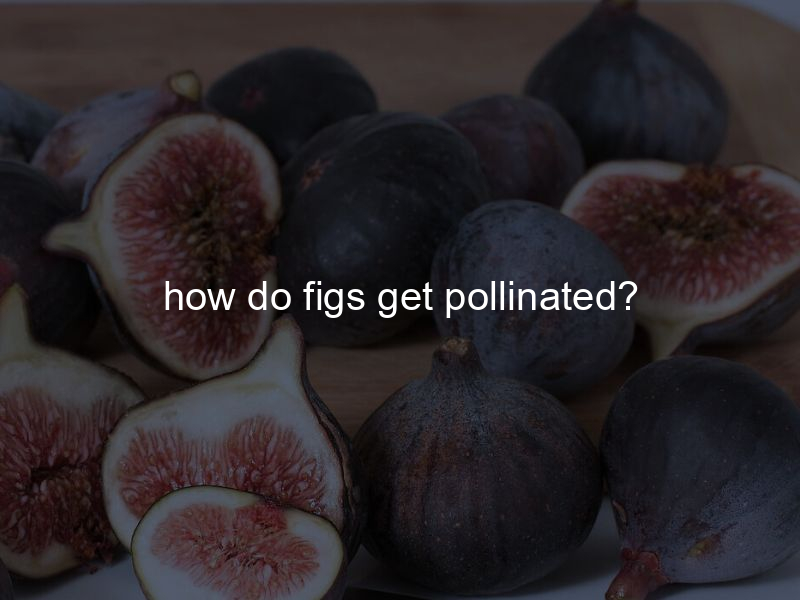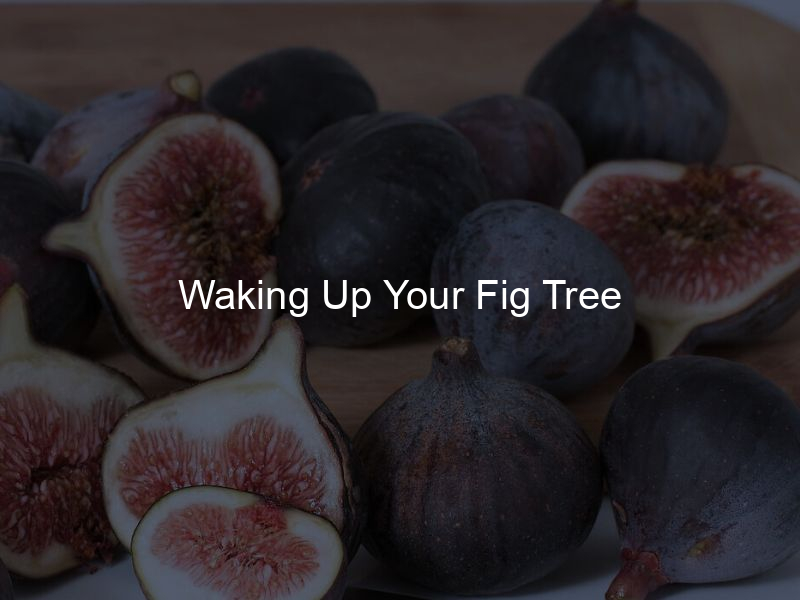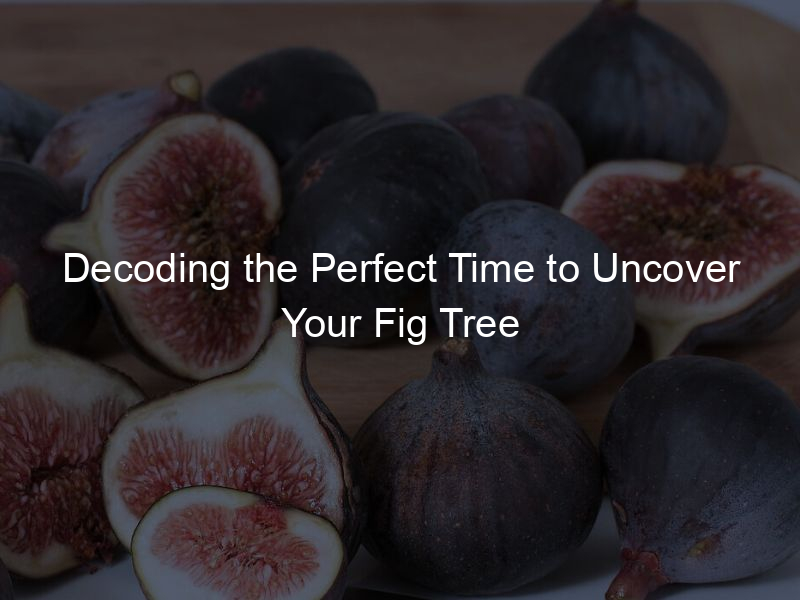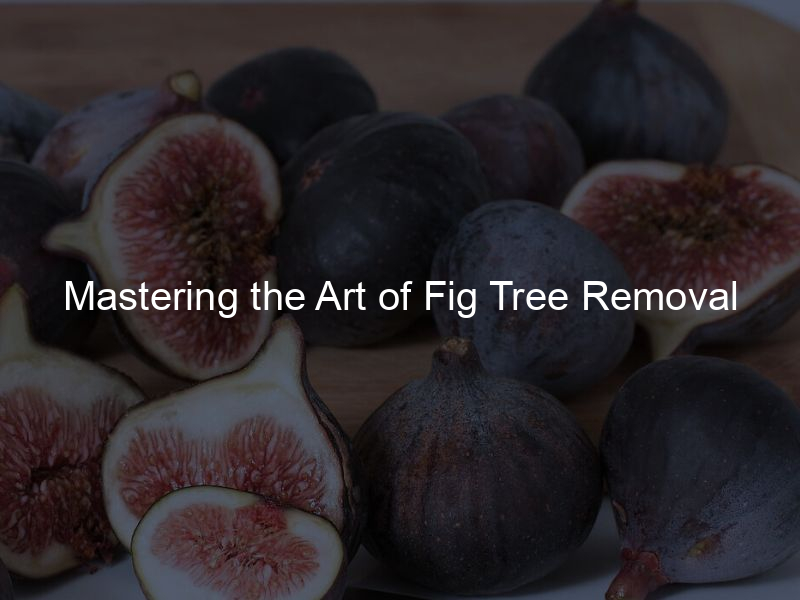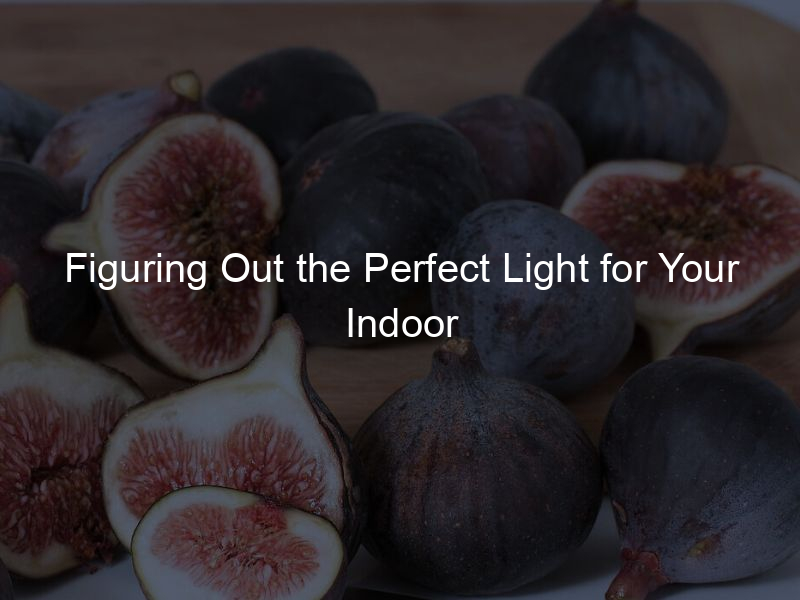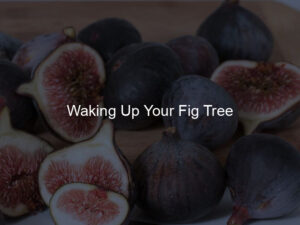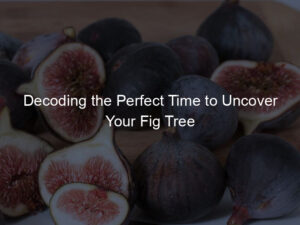Figs, those succulent and sweet fruits, hold within them a captivating secret of nature: their extraordinary mode of reproduction. In this article, we embark on a journey to uncover the fascinating intricacies of fig pollination—the remarkable relationship between fig trees and fig wasps—and explore the diverse mechanisms by which figs bring forth life and fruit.
Fig Pollination Syndrome: Nurturing Nature’s Harmony
At the heart of fig pollination lies a captivating mutualistic partnership. Fig trees, belonging to the genus Ficus, and fig wasps share an intricate interdependence. The fig tree provides a sanctuary for fig wasps to lay their eggs, and in return, the wasps facilitate the tree’s pollination. This symbiotic relationship serves as a testament to the remarkable balance found in nature.
The Fig Fruit and Internal Flowers: Nature’s Precise Arrangement
To comprehend fig pollination, we must first unravel the secrets of the fig fruit, known as a synconium. Within this specialized structure, numerous tiny flowers conceal themselves, arranged in an intricate pattern. Each flower, an integral part of the grand design, plays a unique role in the fig tree’s quest for reproduction.
The Role of Female Fig Wasps: Unwitting Pollinators
Enter the female fig wasp, the key protagonist in fig pollination. Equipped with the innate instinct to perpetuate her species, she ventures into the synconium through a minuscule opening called the ostiole—a gateway to the fig’s internal world. In her quest for a suitable nesting site, she inadvertently becomes the agent of pollination, transferring pollen from male fig flowers to the receptive female flowers nestled within.
Life Cycle of Fig Wasps: A Sacrifice for Success
Once inside the fig fruit, the female fig wasp embarks on a monumental journey. She lays her eggs within the fig, ensuring the continuity of her lineage. In this selfless act, she often meets her untimely demise. The wasp larvae find nourishment within the fig’s internal structures, growing and developing until they reach maturity. Eventually, the mature wasps emerge from the fig, bearing the gift of pollen, ready to repeat the intricate dance of fig pollination anew.
Dependence on Fig Wasps: A Match Made in Evolution
Certain fig tree species have forged a deep bond of interdependence with specific fig wasp species. These fig trees rely on these specialized wasps for their very survival. The wasps’ role in pollination becomes paramount, ensuring the fig tree’s reproductive success and perpetuation.
Parthenocarpic Figs: The Lone Pioneers
Not all figs require external assistance for their journey to fruition. Enter the parthenocarpic figs, remarkable seedless varieties that can develop into ripe and luscious fruits without the involvement of fig wasps or any external pollinators. These self-reliant figs offer a testament to the astonishing diversity of reproductive strategies in the plant kingdom.
Cultivated Fig Varieties: Bred for Independence
Through generations of cultivation, humans have influenced fig trees to meet our needs. Cultivated fig varieties have been selectively bred to possess different pollination requirements. Some are self-pollinating, enabling them to set fruit without external assistance. Others can welcome the presence of bees, wasps, or other insects as fruitful partners in their reproductive journey.
Pollination Process in Fig Trees: The Dance of Pollen
Fig trees employ an array of captivating strategies to beckon fig wasps to their flowers. Delicate scents waft through the air, acting as nature’s invitation. The fig’s warm embrace emanates heat, inviting the wasps into its synconium through the ostiole, the gateway to life and reproduction.
Once within the fig fruit, the fig wasps unknowingly embark on their vital role as pollinators. With pollen adorning their bodies, they navigate the intricate landscape of the synconium’s internal flowers. In their quest for suitable oviposition sites, the wasps transfer pollen from male fig flowers to the receptive female flowers, ensuring the precious gift of fertilization.
Life Cycle of Fig Wasps and Reproduction: Nature’s Generational Cycle
The life cycle of fig wasps is intimately intertwined with that of fig trees. As the female wasps deposit their eggs within the fig fruit, they ensure the continuity of their lineage. The wasp larvae find sustenance within the fig’s nurturing embrace, growing and maturing until their emergence. Once ready, they venture forth from the fig, carrying pollen, ready to perpetuate the cycle of fig pollination and ensure the fig tree’s enduring legacy.
Factors Affecting Fig Pollination: Nature’s Influence
The success of fig wasps and the pollination process can be influenced by various environmental factors. Temperature, humidity, and the availability of suitable habitats all play a role in determining the activity and synchronization between fig tree flowering and wasp emergence. Nature’s delicate balance weaves its threads through the intricacies of fig pollination.
Other Pollinators: Allies in Fertility
While fig wasps take center stage in the pollination performance, other insects and animals also play supporting roles. Bees, beetles, and a myriad of other creatures visit fig flowers, inadvertently aiding in their pollination. Their presence enriches the diversity and effectiveness of fig pollination, contributing to the successful fruit yield of fig trees.
Conclusion
As we delve into the captivating world of fig pollination, we uncover a tapestry of interdependence and ingenuity. The remarkable mutualism between fig trees and fig wasps provides a window into the complexity and wonder of nature’s design. From the precise arrangement of internal flowers to the selfless acts of fig wasps, fig pollination remains a testament to the intricate dance of life. By understanding this extraordinary process, we deepen our appreciation for the fig fruits we savor, and gain a renewed reverence for the harmonious relationships that shape our natural world.
